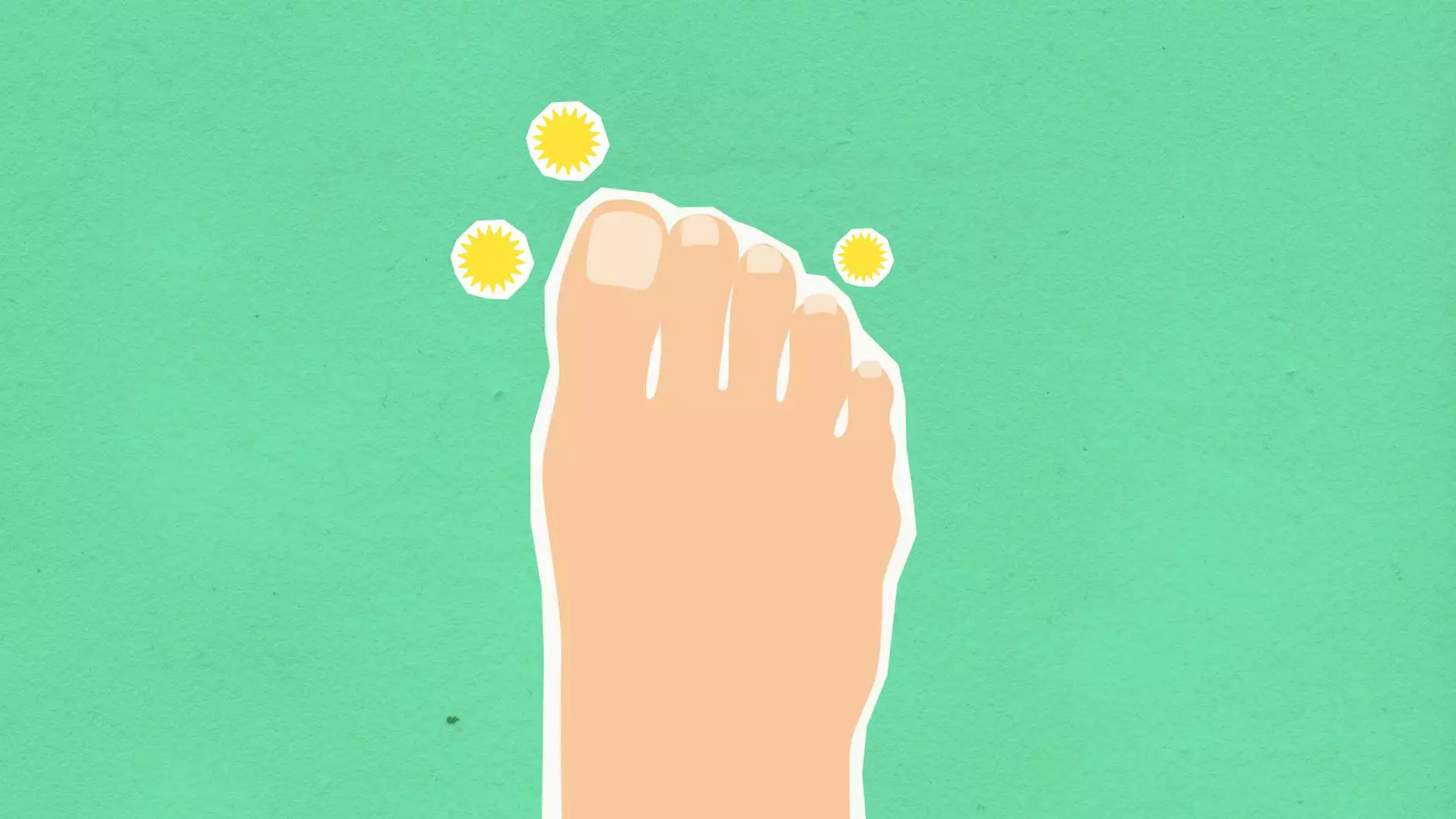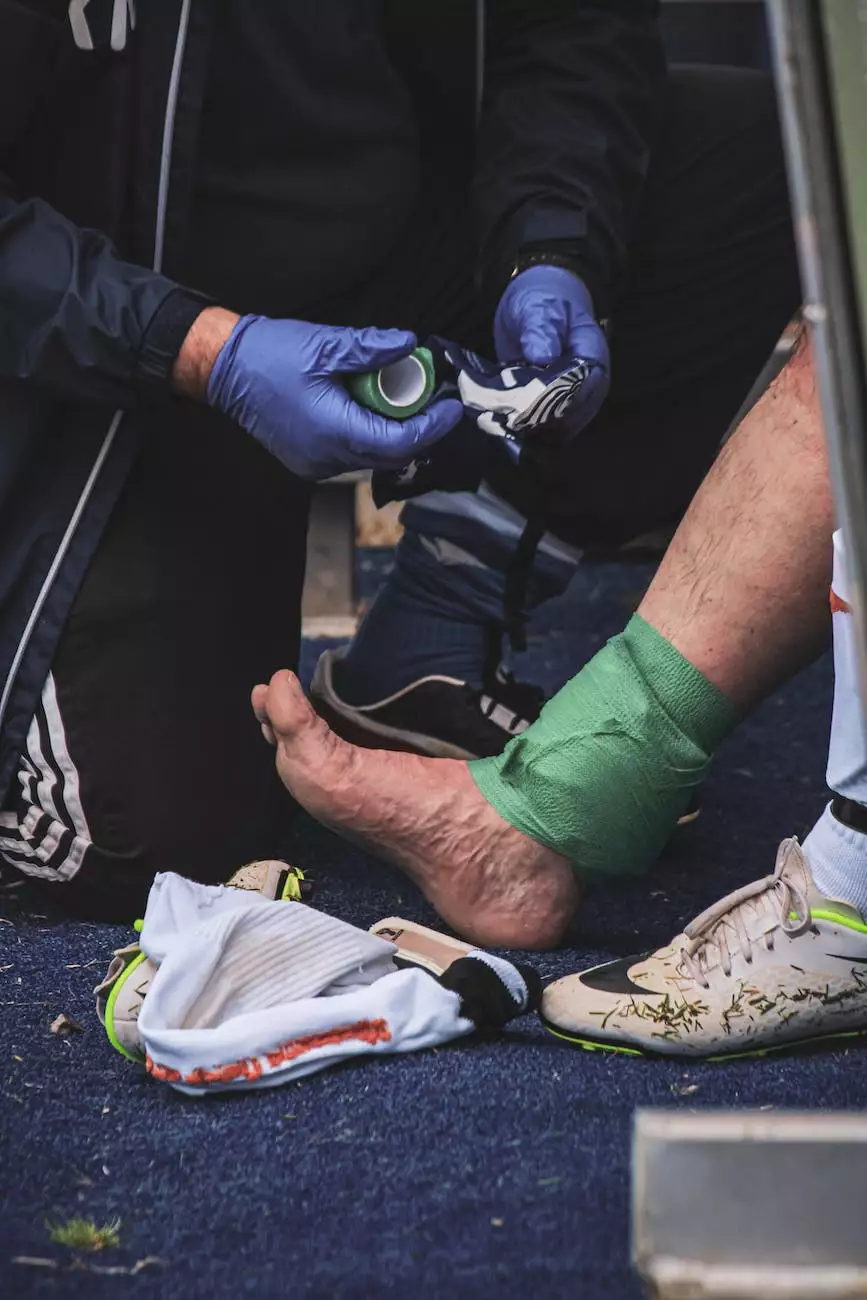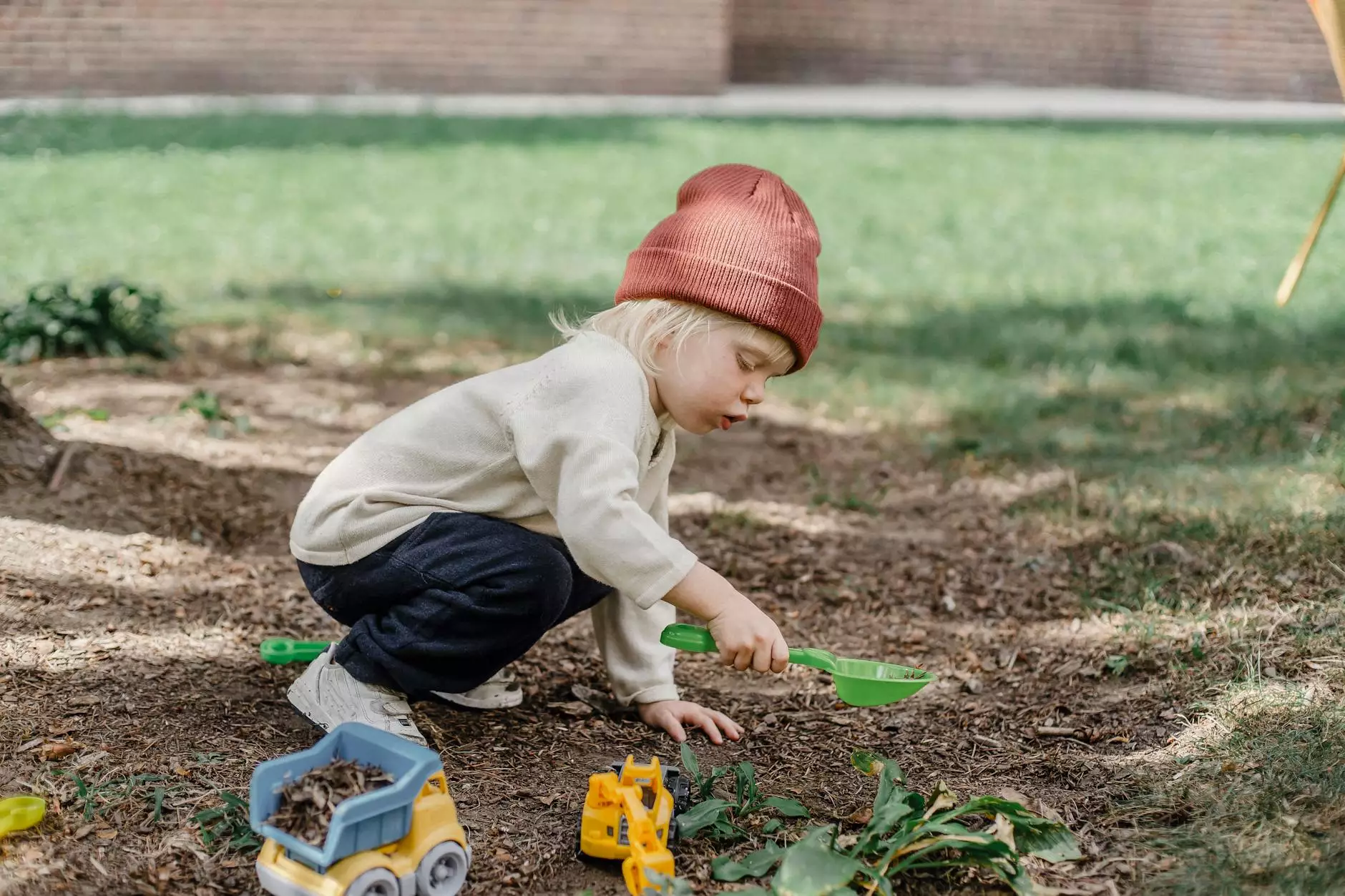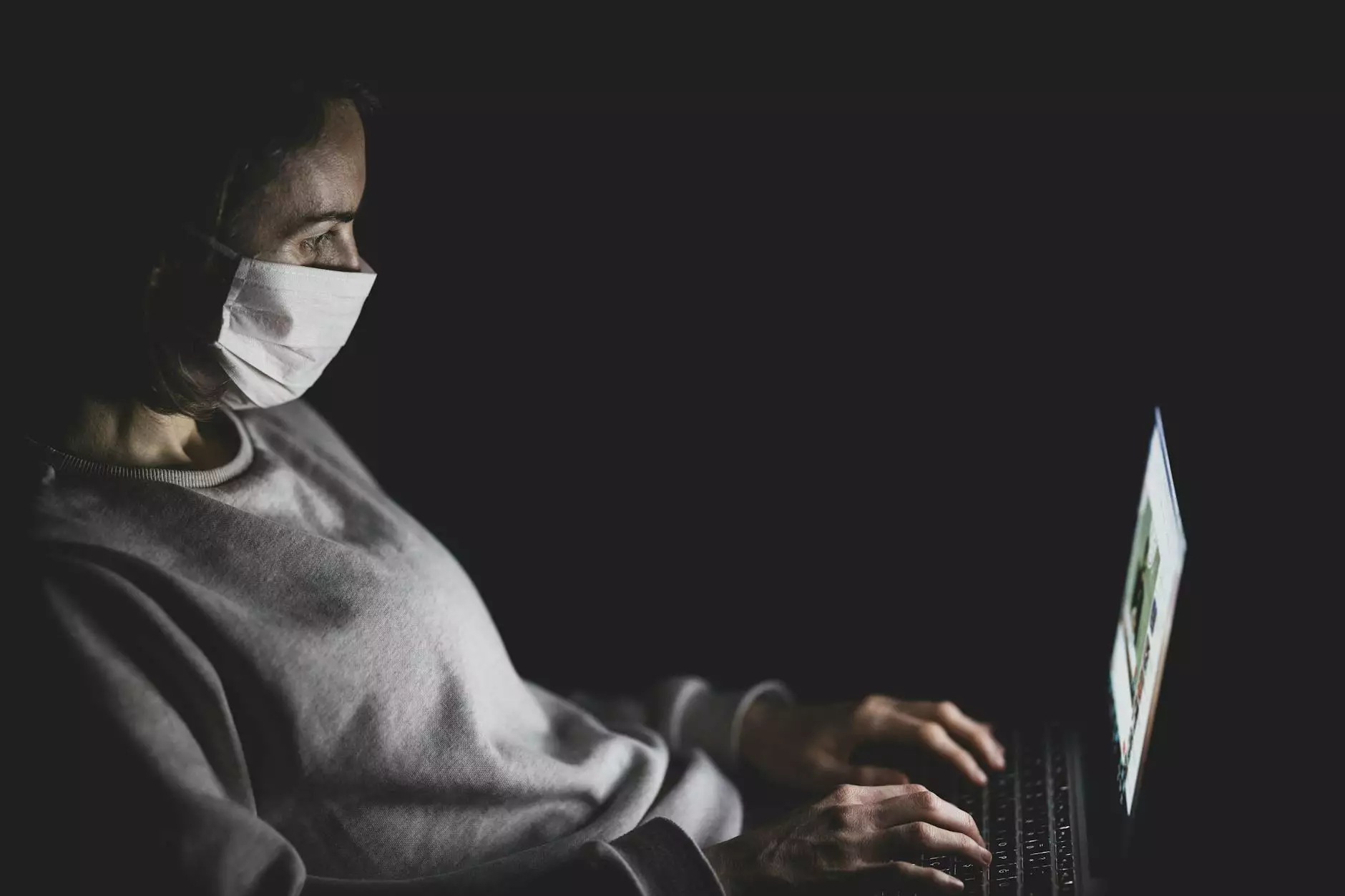Common Symptoms of Athlete's Foot
Blog
Athlete's foot is a common fungal infection that affects the skin on the feet, particularly in between the toes. It is a contagious condition that can cause discomfort and itchiness. Understanding the symptoms of athlete's foot is essential for early diagnosis and appropriate treatment. In this article, Bowling Orthopaedics will provide comprehensive information about the common symptoms, prevention, and treatment of athlete's foot to help you achieve better foot health.
Overview
Athlete's foot, also known as tinea pedis, is caused by a group of fungi called dermatophytes. These fungi thrive in warm, moist environments, such as locker rooms, swimming pools, and public showers. When your feet come into contact with these fungi, they can easily penetrate your skin, leading to an infection.
Symptoms
There are several symptoms associated with athlete's foot:
- Itching and Burning: One of the most common symptoms of athlete's foot is intense itching and burning sensation on the affected areas.
- Redness and Inflammation: The skin affected by athlete's foot may appear red, swollen, and inflamed.
- Blisters and Cracked Skin: In some cases, athlete's foot can cause blisters and cracks between the toes, which can be painful and prone to secondary infections.
- Peeling and Scaling: The skin affected by athlete's foot often becomes dry, flaky, and may peel off in patches.
- Unpleasant Odor: Fungal infections can sometimes produce a distinct odor, particularly when moisture accumulates between the toes.
If you notice any of these symptoms, it is crucial to seek medical advice for proper diagnosis and treatment.
Prevention
Preventing athlete's foot is possible by adopting simple hygiene practices and maintaining good foot care. Here are some tips to help prevent athlete's foot:
- Keep Your Feet Clean and Dry: Wash your feet daily with soap and water, ensuring thorough drying, especially between the toes where moisture tends to accumulate.
- Avoid Walking Barefoot in Public Areas: Wear appropriate footwear, such as sandals or flip-flops, in public showers, pools, and locker rooms to minimize the risk of infection.
- Use Antifungal Powders or Sprays: Apply antifungal powders or sprays on your feet and inside your shoes to help keep your feet dry and inhibit fungal growth.
- Change Your Socks Regularly: Use clean socks made of breathable materials that wick away moisture, and change them at least once a day, more if necessary.
- Avoid Sharing Personal Items: Do not share towels, socks, shoes, or any other personal items that come into contact with your feet to prevent the spread of infection.
- Choose Breathable Footwear: Opt for shoes made of breathable materials to allow proper air circulation, reducing moisture and creating an inhospitable environment for fungi.
Treatment
Treating athlete's foot involves both over-the-counter remedies and, in severe cases, prescription medications. Here are some commonly recommended treatments for athlete's foot:
- Antifungal Creams or Ointments: Over-the-counter antifungal creams or ointments can help relieve symptoms and clear the infection. Follow the instructions and apply as directed.
- Antifungal Powders or Sprays: Topical antifungal powders or sprays may be recommended to keep the shoes and feet dry and inhibit fungal growth.
- Oral Antifungal Medications: In severe cases or when the infection does not respond to topical treatments, oral antifungal medications may be prescribed by a healthcare professional.
- Keep Feet Dry: Proper foot hygiene and keeping the feet dry are essential for treatment success. Ensure thorough drying, wear moisture-wicking socks, and change them regularly.
- Limit Moisture Exposure: Avoid wearing closed shoes for extended periods, as they can trap moisture and promote fungal growth. Opt for open-toed shoes or sandals when possible.
- Follow Good Foot Care Practices: Trim your toenails regularly, avoid scratching the affected areas to prevent secondary infections, and always follow your healthcare provider's instructions.
Conclusion
By familiarizing yourself with the common symptoms of athlete's foot, taking preventive measures, and seeking timely treatment, you can maintain optimal foot health. Remember, if you suspect you have athlete's foot or any other foot-related concerns, Bowling Orthopaedics is here to provide expert advice and reliable information to help you take care of your feet.




